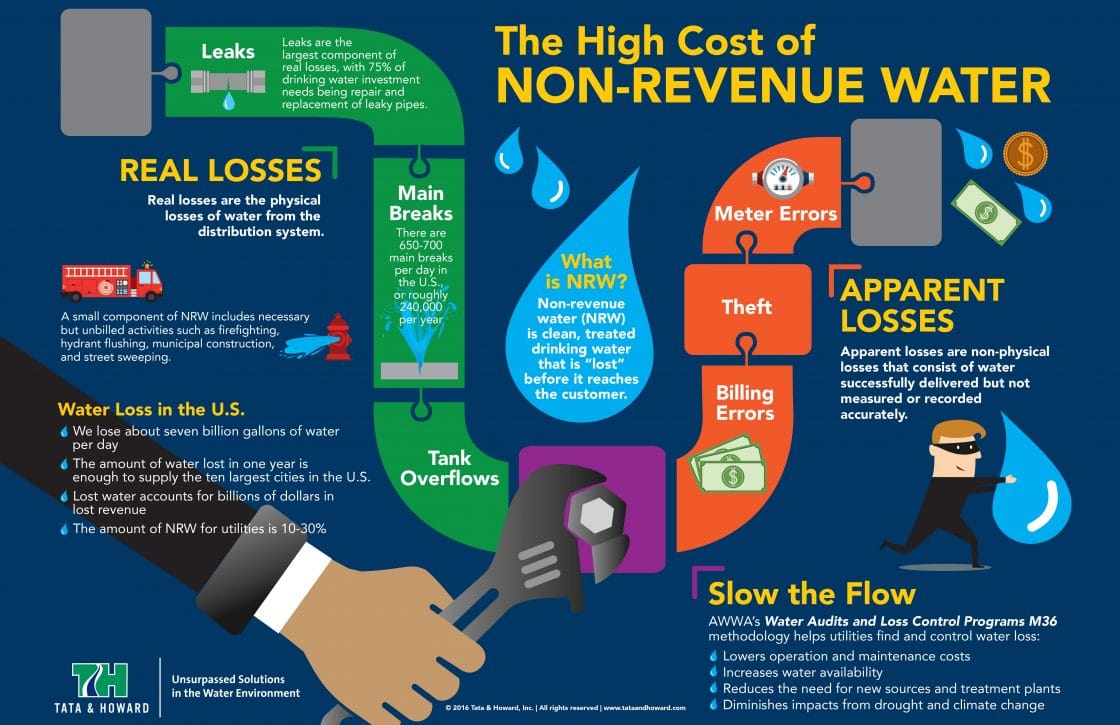Delve Into The Complex Realm Of Photovoltaic Innovation And Uncover The Interesting Procedure Whereby Sunshine Is Exchanged A Usable Resource Of Power
Delve Into The Complex Realm Of Photovoltaic Innovation And Uncover The Interesting Procedure Whereby Sunshine Is Exchanged A Usable Resource Of Power
Blog Article
Short Article Developed By-Merritt Jimenez
So, you've read about solar panels and their potential to generate power from sunlight, yet exactly how specifically do they work? Recognizing the intricate technology behind photovoltaic panels can be a fascinating journey right into the world of renewable resource. From the standard principles of solar batteries to the detailed elements that comprise a photovoltaic panel system, there's an entire world of understanding waiting to be checked out. Allow's unwind the enigmas of photovoltaic panel modern technology together.
Photovoltaic Panel Technology Principles
To really comprehend the essence of solar panel innovation, you have to delve into the essential principles that underpin its functionality. Solar panels consist of solar batteries, usually made from silicon, which have the impressive ability to transform sunshine right into electricity via the photovoltaic impact. When sunshine hits the cells, the photons in the light interact with the silicon atoms, triggering the electrons to damage devoid of their atomic bonds. This develops an electric current that can after that be used for powering different devices.
The key part of photovoltaic panels is the semiconductors within the solar batteries, which help with the conversion of sunlight into functional electrical power. erthos solar energy company virtual assistant have both positive and unfavorable layers, developing an electric field that allows for the circulation of electrons.
This circulation of electrons, when attached in a circuit, produces straight present (DC) electrical energy. Comprehending these fundamental principles is essential for appreciating how photovoltaic panels can harness the sunlight's power to power homes, companies, and even satellites in space.
Exactly How Solar Panels Generate Electrical Energy
Solar panels harness the sunlight's energy by transforming sunshine into electrical power through a process known as the solar impact. When domestic solar panel installers hits the solar panels, the photons (light fragments) are taken in by the semiconducting products within the panels, typically made from silicon. https://rowanhqxdi.dailyhitblog.com/35708576/understanding-the-economic-advantages-of-solar-panel-installation-an-extensive-testimonial creates an electric existing as the photons knock electrons loosened from the atoms within the material.
The electric fields within the solar cells then compel these electrons to stream in a specific instructions, creating a straight existing (DC) of electricity. This direct current is then passed through an inverter, which converts it into alternating current (AIR CONDITIONER) power that can be utilized to power your home or service.
Excess electrical power created by the solar panels can be saved in batteries for later usage or fed back into the grid for credit report via a process called web metering. Understanding how photovoltaic panels generate electrical energy is critical to appreciating the ecological and cost-saving advantages of solar energy systems.
Recognizing Photovoltaic Panel Components
One important facet of photovoltaic panel innovation is understanding the different parts that compose a solar panel system.
https://pv-magazine-usa.com/2023/02/24/the-extended-value-and-growing-importance-of-community-solar/ of a solar panel system include the photovoltaic panels themselves, which are composed of solar batteries that transform sunlight into power. These panels are installed on a structure, often a roofing system, to record sunlight.
Along with the panels, there are inverters that convert the straight present (DC) electricity generated by the panels into alternating current (AIR CONDITIONING) electrical power that can be utilized in homes or businesses.
The system also consists of racking to sustain and position the photovoltaic panels for ideal sunshine exposure. Additionally, cables and adapters are vital for transporting the power created by the panels to the electric system of a building.
Finally, a tracking system may be included to track the performance of the photovoltaic panel system and guarantee it's working effectively. Understanding these elements is important for any individual wanting to mount or use photovoltaic panel modern technology effectively.
Verdict
Now that you understand the basics of photovoltaic panel modern technology and exactly how it works, you can appreciate the power of taking advantage of sunlight to produce tidy and renewable resource for your building. By making use of the photovoltaic effect and components like inverters and keeping track of systems, you can contribute to an extra sustainable future while additionally possibly reducing energy costs. Maintain learning and exploring the possibilities of solar power for a greener tomorrow.
